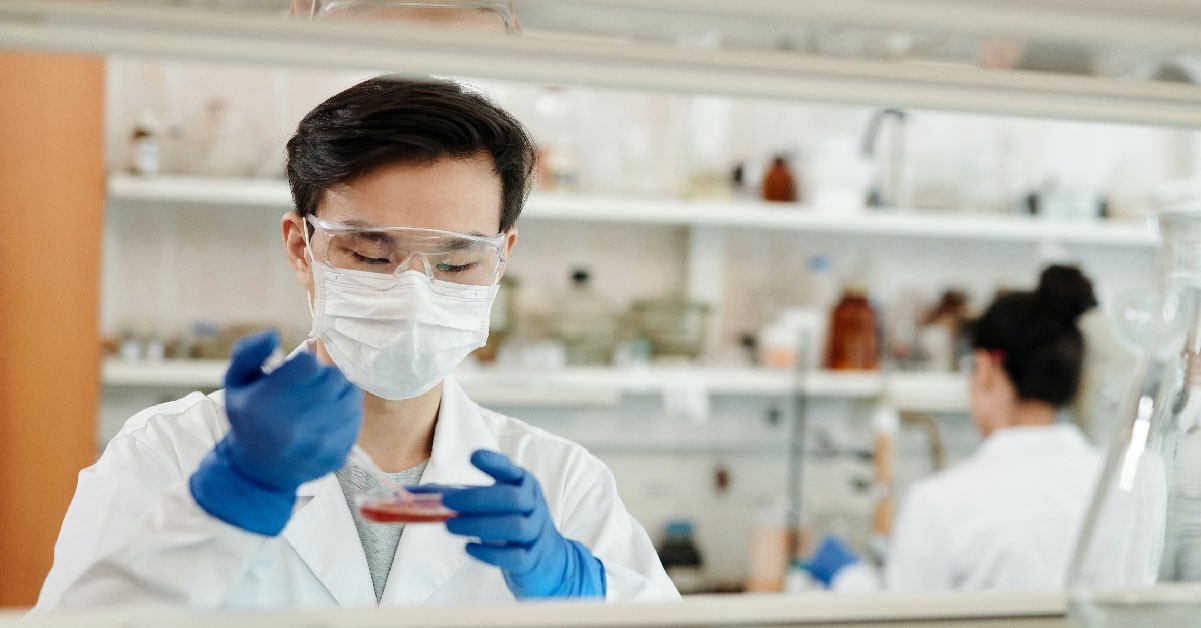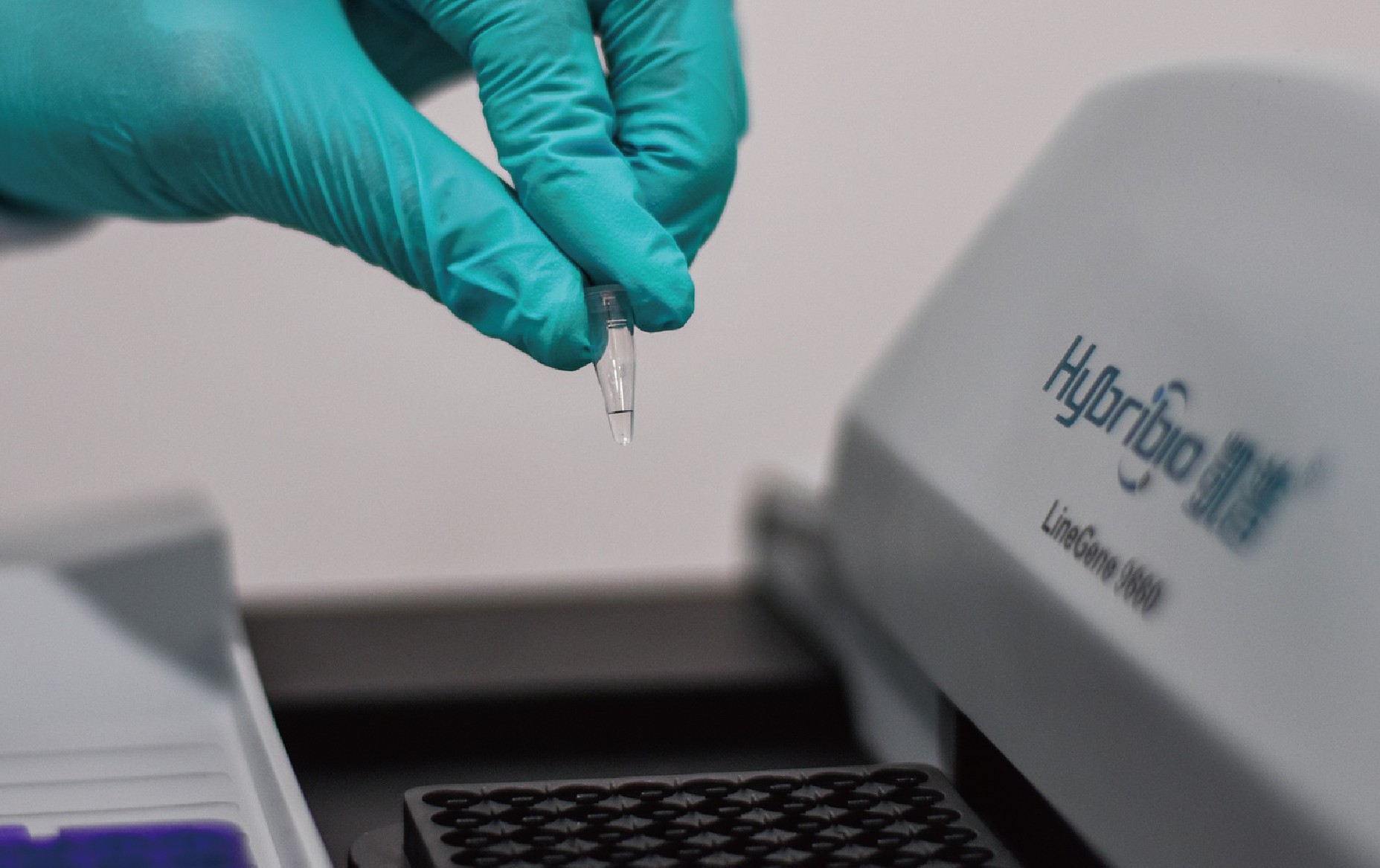Why use TRICINE Buffer

What is TRICINE Buffer
TRICINE Buffer(N-tris(Hydroxymethyl)methylglycine, CAS No.5704-04-1), a zwitterionic biological buffer which contain amine and acid group. It is a white crystalline powder that is moderately soluble in water (solubility of tricine is 1.8g / 100ml water.)
Applications of TRICINE Buffer
TRICINE is widely used in cell culture and electrophoresis study. As a buffer for cell culture studies, TRICINE has the ability to inhibit the unintended growth of mycoplasma in animal tissue culture. It has also been used in bacterial culture media to prevent precipitation of iron salts. This Good's Buffer has the capability to form a complex with most metal ions, such as Mg, Ca, Co, Cu, Ni, and Zn, therefore it should be taken into account stability constants and concentrations when choosing this buffer. As a buffer for electrophoresis studies, Tricine has been used as a replacement for protocols that exploit the controlled substance barbital.
Further reading:Biological buffers and their interactions with metal ions
Why choose HOPAX TRICINE
As a professional biological buffer manufacturer, HOPAX produces high-quality TRICINE and provides special testing services, such as bioburden, endotoxin, heavy metals, and DNase/RNase/protease activity testing, etc., as per your applications. In addition, we also offer a variety of packaging options. In any case, HOPAX is absolutely the best choice for your purchase of TRICINE!
Please contact us for the high-quality TRICINE!
Further reading:
TRICINE handling tips that you must knowReferences:
[1]User Guide for GoldBio Buffers
قد يعجبك ايضا
-
Biological Buffers
 TRICINE handling tips that you must know
2020.09.30
TRICINE can combine with hydroxyl radicals, and form formaldehyde in the reaction process. Additionally, when using TRICINE in...
TRICINE handling tips that you must know
2020.09.30
TRICINE can combine with hydroxyl radicals, and form formaldehyde in the reaction process. Additionally, when using TRICINE in...
-
Biological Buffers
 Why use PIPES Buffer
2020.06.08
According to the relevant literature...PIPES Buffer is widely used in cell culture, chromatography, cosmetics, diagnostic tests...
Why use PIPES Buffer
2020.06.08
According to the relevant literature...PIPES Buffer is widely used in cell culture, chromatography, cosmetics, diagnostic tests...
-
Biological Buffers
 Why use MOPS?
2020.03.12
According to the relevant research literatures, unknown yellowish substances will be produced as degradation products when sterilizing MOPS via autoclaving...
Why use MOPS?
2020.03.12
According to the relevant research literatures, unknown yellowish substances will be produced as degradation products when sterilizing MOPS via autoclaving...
-
Biological Buffers
 Why use CHAPS?
2020.02.24
Some studies indicate that compared to NP-40 and Triton X-100, CHAPS can gently and effectively break the nuclear membrane, solubilize the membrane proteins and destruct the protein-protein interactions (PPIs).
Why use CHAPS?
2020.02.24
Some studies indicate that compared to NP-40 and Triton X-100, CHAPS can gently and effectively break the nuclear membrane, solubilize the membrane proteins and destruct the protein-protein interactions (PPIs).
-
Biological Buffers
 Why use HEPES?
2019.10.07
Compared with other buffers such as PBS (phosphate buffered saline) and TRIS, HEPES has higher stability in maintaining the pH values of the cell culture media, that’s also the reason why HEPES is widely used in cell culture
Why use HEPES?
2019.10.07
Compared with other buffers such as PBS (phosphate buffered saline) and TRIS, HEPES has higher stability in maintaining the pH values of the cell culture media, that’s also the reason why HEPES is widely used in cell culture
-
Biological Buffers
445X280.png) HEPES handling and storage tips that you must know
2019.10.03
HEPES powder is resistant to high temperatures with its melting point reaching 200℃, thus, it will not get degraded by autoclaving. ...
HEPES handling and storage tips that you must know
2019.10.03
HEPES powder is resistant to high temperatures with its melting point reaching 200℃, thus, it will not get degraded by autoclaving. ...